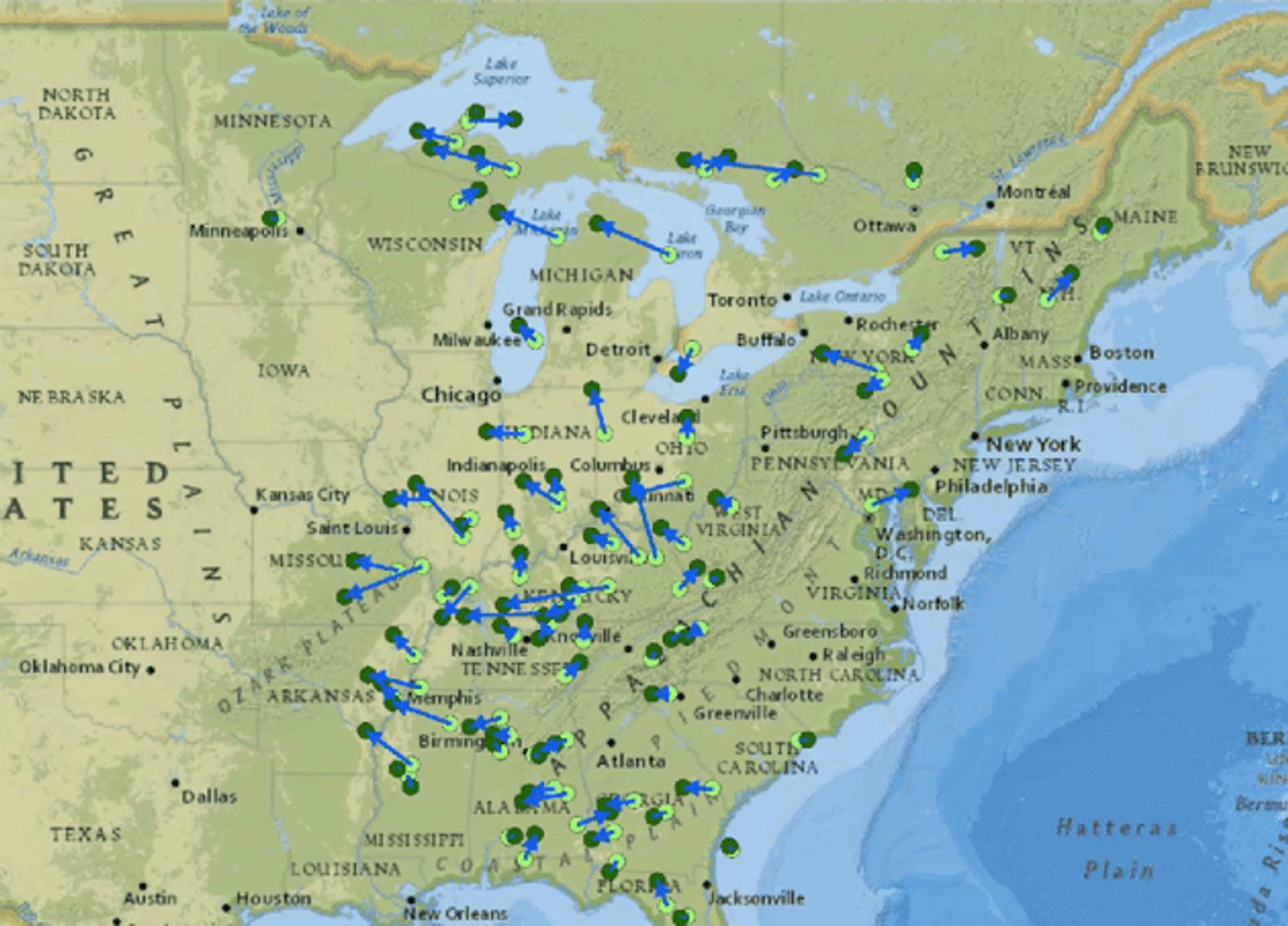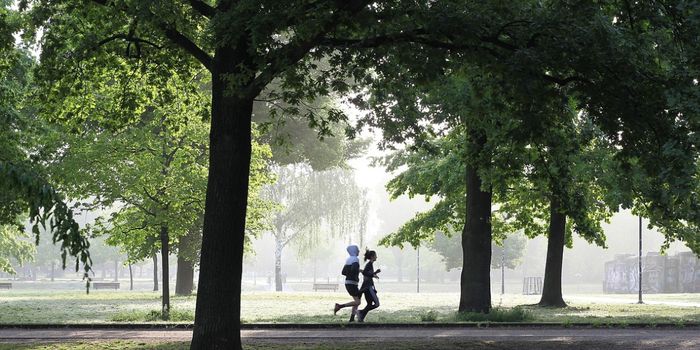Climate change is changing forest landscapes
Climate scientists have predicted that in order to adapt to climate change, species will move towards the poles and higher in elevation, thus realigning their natural temperature ranges with the changing temperatures of our planet. A new survey shows that tree populations are shifting as predicted – however they are also migrating in an unexpected way: west.
Published in Science Advances, the study used data from the US Forest Service to look at 86 tree species between 1980 and 2015, including white oaks, sugar maples, and American hollies. During that time, 73% of the trees saw their population centers move westward, and 62% saw them move northward. According to Science Alert, westbound trees moved by about 9.5 miles per decade; northward trees moved about 6.8 miles per decade.
Now to be clear, we are not talking about walking trees. Individual trees do not walk (although there is one neotropical species whose name suggests otherwise); rather populations see migrations through the dispersal of young saplings. But why would such dispersal be moving westward?
The scientists hypothesize that multiple factors could be at work, including changes in land use, wildfire frequency, the presence of pests and blights, and conservation successes. Yet they are certain that human-caused changes in precipitation is also at play here.
“Different species are responding to climate change differently. Most of the broad-leaf species—deciduous trees—are following moisture moving westward. The evergreen trees—the needle species—are primarily moving northward,” said Songlin Fei, a professor of forestry at Purdue University and one of the authors of the study.
The Atlantic reports the team’s reasoning: climate change has impacted rainfall totals, with the northeast receiving little more since 1980 than it did last century, the southeast much less, and the Great Plains, especially in Oklahoma and Kansas, much more.
The team is unsure if the westward trend will continue in future decades, or if northward migration will overtake it. Fei told a correspondent from The Atlantic, “When the result came out that trees are moving westward, our eyeballs opened wide. Like, ‘Wow, what’s going on with this?’ The results seem to show that moisture plays a much more significant role in the near-term, which is very intriguing.”
Sources: The Atlantic, Science Alert









